The Column: War Talk, Peace Talk
Suz Szucs writes on art and war and peace, and how hard it is to find vivid language for what is peaceful.
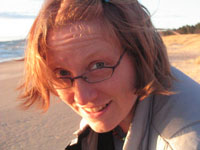
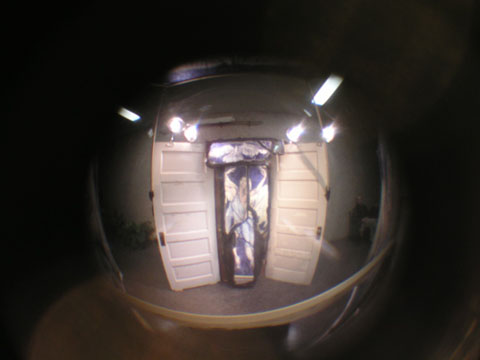
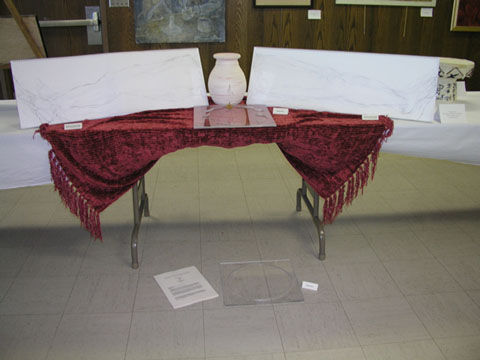
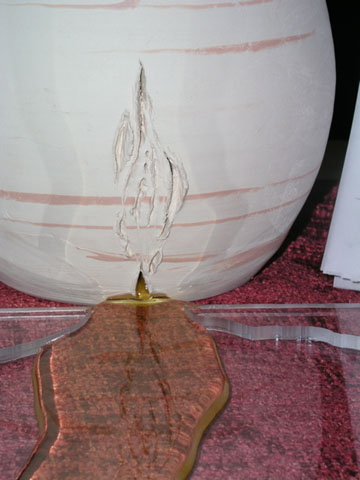
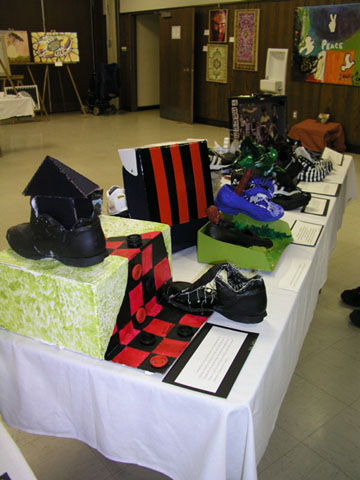
The Sign
All last summer and before the big snows came to Duluth, there was a homemade sign posted on Arrowhead Road that consistently got my attention. It took me a few trips past to be able to read it. I understood the first part, “ If you can read this, thank a teacher…” A nice thought, pretty innocuous, but where was the idea going? After many more attempts (one drives pretty fast on Arrowhead) I finally was able to read the second part of the post, “…Since it is in English, thank a soldier.”
I have thought about that sign many times since passing, trying to make sense of the logic of it. The sign implies that war is inevitable, a constant. How can I thank a soldier, when if that person refused to be such, war could find no expression? A state of war is dependent upon the very thing I am supposed to appreciate. It is a conundrum I wrestle with daily. I am unable to find a satisfactory answer. The expressed cynicism and the license it gives to anger and repression troubles me and I turn to recent events in Duluth for solace.
The Art of Peace Conference and Show
For the past several years a group of concerned individuals, lead by local singer/songwriter Sara Thomsen, has been organizing “The Art of Peace.” It has grown into a mini-conference featuring an art exhibition, seminars and performances. Its crescendo is a new-age myth-based performance featuring members of the community banding together to present an exercise in positive thinking. It is magnificent, overwhelmingly hopeful, to witness so many individuals speaking out for peace.
Our current cultural ethos approves of and encourages anger and fear. There is no reward for those hundred plus souls singing for peace. The dominant culture, lead by the “bring it on” charge of George W. Bush, would label them unpatriotic. Yet they sang, with smiles and weeping, bringing a roused crowd to its feet. Afterwards we lingered at the reception, eating cookies, drinking juice. For this moment life was simple and peace ascendant. No one wanted to leave this place of hopefulness. Yet slowly, we filtered away. Out into the cold Duluth night, my partner and I held hands as we traversed the ice – four legs are better than one on such adventures. I suddenly remembered what church is for – that preaching to the converted is as much about keeping them strong in the cause as teaching them anything new. I remembered on that night, that I am not alone and that those who see peace as a viable option will continue to speak.
I have a hard time dealing with the concept that war is our natural state and a seminar at Art of Peace helped me think through this issue, as much for what wasn’t said as what was. The seminar, “The Language of Peace,” featured a panel of 5 area writers – 3 poets, an essayist and an historian who might describe himself as an activist writer. It was clear why the latter was chosen to be on the panel, as he has been involved in peace activities long before the Afghan and Iraq wars began raging. The others weren’t quite sure why they were there, except that they all deeply believe in peace, and seemed almost apologetic that their work was not more peace-specific. Strangely enough, perhaps it was inevitable, the discussion descended into war-talk, rather than peace. Where does it put us when such avowed peaceniks default to a discussion about what they hate, feeling that even they have no vocabulary for that which they love?
Where does our peace manifesto reside? What kind of vocabulary have we put in place to talk about peace? Have we become so indoctrinated to war as our default position that the peace movement talks of “waging” peace? A definition of “wage” is “to engage in war or in a serious fight to achieve an end.” Our sporting events are gladiatorial games. We wage war on spots on our laundry, armies of scrubbing bubbles in little white helmets clean our tubs, and we must protect ourselves from the threat of menstruation. The language of war consumes our everyday speech, so insidious that we don’t even think twice about the context of the words. “Bring it on,” originally a challenge to do your best, to compete, has become, thanks to our president, a war cry.
At the same time, we have forgotten how to speak about peace. We have lost its language. (Did we ever have it?) We only seem to be able to describe peace as “not war,” and this is troubling.
War Is a Force
Chris Hedges writes, “War is a force that gives us meaning.” A veteran journalist, he writes about being in war zones, the addictive power of combative struggles and the false ideals of comradeship on the battlefield. Dennis Kucinich, as one of the only democratic presidential candidates to firmly and resolutely come out against the Iraq War, suggested that the United States institute a Department of Peace. He was nearly laughed off the airwaves. Why is this such a bizarre notion? If we love peace, if we strive towards peace, if we wage wars to achieve peace, why not devote even a fraction of the resources we put towards war to encourage peace? If the root of all war is economic, pursuing global equity seems a good place to start – this could be first on an agenda of a Department of Peace.
If we cannot visualize peace, we cannot achieve it. Our dominant culture appears to have lost our language of peace, but can we still give it physical form? Those who participated in the Art of Peace events believe they are in touch with this visual vocabulary and certainly those pieces in the exhibition that most resounded within me, were those trying to visualize the world outside of the construct of war. Janelle Miller’s Spirit Sentinels, Erin O’Denial’s Translucent, Bring your Thighs to the Table, and Rachel Wagner and Lee Zimmerman’s Salvage, reached out beyond a vocabulary of opposition to imagine what the world could look like from a more harmonious perspective. During the reception, Laughing Fox played native flute and told stories of the creation of his instrument that were based on love, not anger.
Shoes and Empathy
By and far, the most attention at the exhibition went to a group of shoes. Amy Fitzpatrick asked her students to imagine “what it would be like to be in the shoes of a person facing adversity.” The result was Someone Else’s Shoes. Students used the footwear to create pieces that would touch their own empathy, tapping in to a strong tradition within the arts of using shoes to mark the lost lives of those who have suffered in conflict. Looking down at a pair, we can easily relate – it is so simple, so fundamental. We all really want the same things: health, happiness and sustenance, not to mention love.
The shoes reminded me that the same week, I had seen a movie about World War II. Tea with Mussolini is a fabulous film depicting a group of older women who resist fascism and cruelty in their own way – by teaching and holding firm to what they care about. It is a rare war film about women (remember that women and children are the disproportionate victims of war). A character in the film, who had been raised from a boy by these women and who now takes a role in the resistance movement, confesses his own selfishness to his comrades, “I forgot the first rule, caring about others before myself.”
But I have forgotten my own first query and have defaulted to writing about the opposition. I have also become mired in the counter argument. The Art of Peace went a long way towards buoying me, towards giving me hope to carry on. Ultimately, perhaps that is what the event is truly about: nutrition for the soul in such a cynical world.
The sign is gone now as is the snow. However a day doesn’t go by when I don’t think about those words– not in the way the maker intended. It has made me think about the role of peace in our lives and about the continuing responsibility to search for a vocabulary for my ideals.